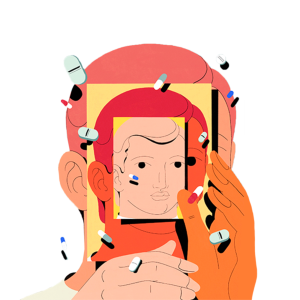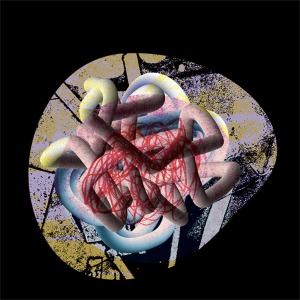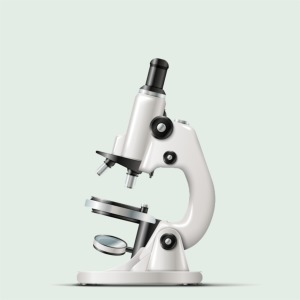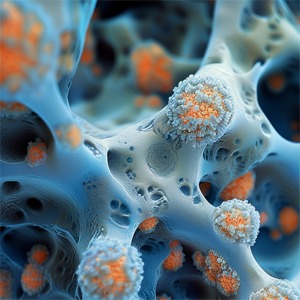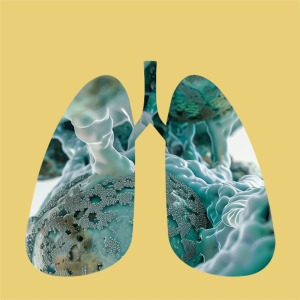Closing in on causality
Dr. Baranzini says that this work provides compelling evidence for a potential causative role of this pathogen in MS. “The team has been very persistent on this hypothesis and has been able to provide more and more evidence that this might be one of the mechanisms that may trigger the disease,” he says. However, he adds that “most likely, it’s not the only one.”
There are a variety of aspects of MS pathology that could be parsimoniously explained by a contribution from C. perfringens, according to Dr. Vartanian. For example, the disease is typically episodic, with flare-ups and progression interrupted by extended periods of remission, and C. perfringens is known to exhibit similar patterns of sporadic Epsilon toxin production in infected animals. This hypothesis is also compatible with recent work linking MS to an abnormal immune reaction to infection with the Epstein-Barr virus (EBV), and nervous system lesions initially inflicted by Epsilon toxin could be exacerbated by the anti-EBV immune response. And although C. perfringens is not conventionally contagious, it can persist in the feces of animals — and subsequently, in the soil — in a long-lived spore form that offers a ready route of exposure for humans.
Patients with MS currently rely on immunosuppressive drugs to keep their disease in check, but the mechanism uncovered by Dr. Vartanian’s group could offer more direct opportunities to thwart progression. For example, it should be feasible to generate therapeutic antibodies that bind to and inactivate Epsilon toxin in the bloodstream before it can access and injure the nervous system. Additionally, the manifestations of MS exhibited by Epsilon toxin-treated mice seem to be more representative of human disease than traditional laboratory models, giving scientists a better tool for exploring disease pathology and possible avenues for treatment. “We don’t want to cure mouse MS — we want to cure human MS,” says Dr. Sonnenberg. “Anything you can do to make it more accurately model human disease is very important, and this is another key advance in the paper.”
But this hypothesis still requires additional rigorous testing. Dr. Vartanian points out that his analyses of MS patients have been from individual patient samples at single clinical centers, and he hopes to conduct a multi-city — and potentially multinational — study that will analyze many patients for extended periods of time. This longitudinal analysis would provide a better means to assess the influence of Epsilon toxin over the long-term course of disease progression.
Dr. Baranzini also points out the need for more direct proof that C. perfringens itself — as opposed to purified Epsilon toxin — can induce MS pathology in animal models. This is amongst Dr. Vartanian’s top priorities, although transplanting this pathogen from humans to rodents is easier said than done. “Mice aren’t natural hosts to C. perfringens, so we have to figure out a strategy to optimize colonization,” he says. “But we’re working on it.”
Dr. Timothy Vartanian, Dr. Yinghua Ma and Dr. Jennifer Linden are co-founders of and equity stakeholders in Astoria Biologica. Dr. Vartanian and Dr. Ma are also inventors on a patent application for a method used to diagnose and treat multiple sclerosis.

